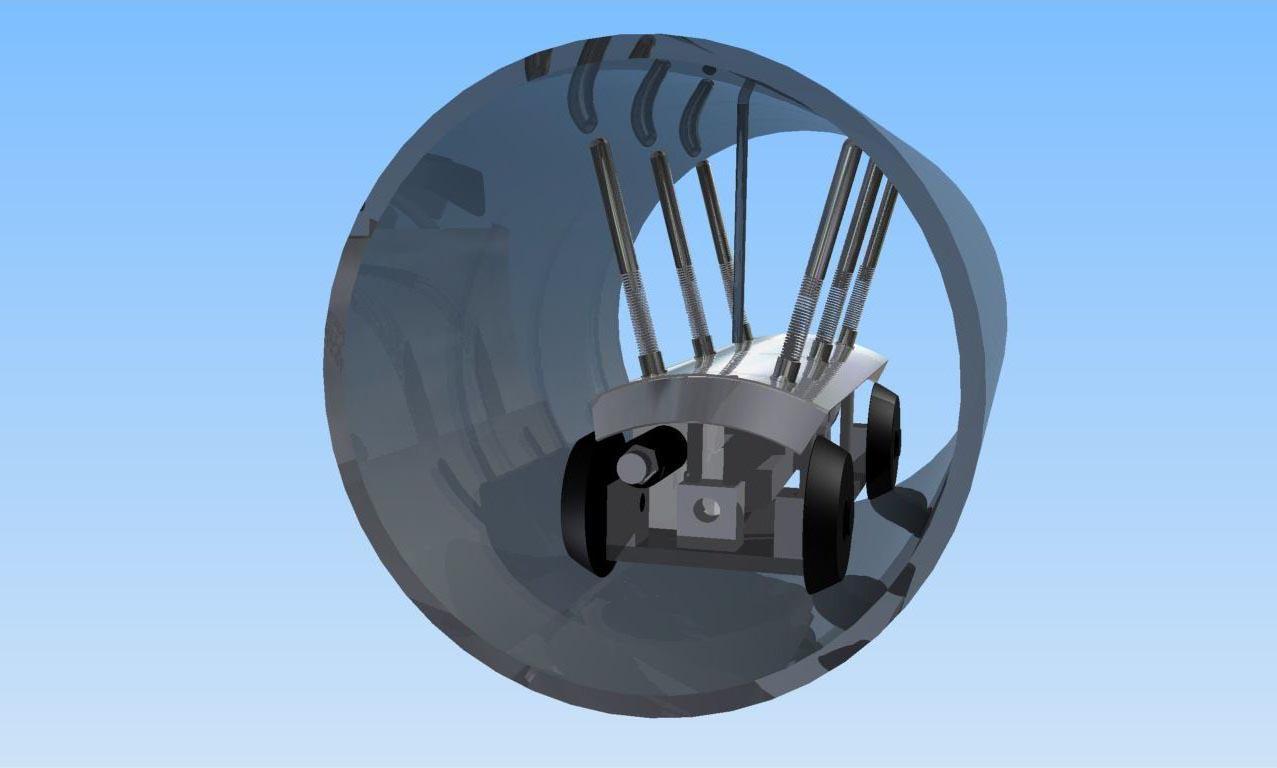Were you to probe the depths of a former nuclear reactor with a remote-controlled device resembling a hedgehog that toppled over when cornering, what would you do?
A senior design engineer at the former Dounreay nuclear site pondered the problem and when he went home that night, his eyes lighted on the casters of the living room couch.
The buggy was designed to take a camera and a radiation probe down the pipes which had held liquid sodium used to cool the reactor core.
Once attached to the top, front and rear of the buggy, they did the trick, saving the project thousands of pounds in costs.
A simulation of the pipe system was made at an off-site facility but the buggy kept catching on a right-handed bend going downward.
Calder Bain, who designed the equipment and donated the casters from his home, said, “A considerable amount of innovation was required to build the prototype fast reactor (PFR) and there will be a continual requirement for pioneering methods to take a reactor of this complexity apart.”
The buggy had to meander its way through the now familiar route, obtaining camera footage while measuring the radiation levels in an environment where temperatures once soared above 230C.The buggy had to be pushed round the tubes physically.
Mr Bain said, “When the sodium was drained the residue met the air and formed sodium hydroxide, which would have made the wheels spin if the buggy had been powered.”
This final inspection confirmed that previous drilling work had been a success with the levels of sodium vastly reduced and levels of radiation lower than anticipated.
Dounreay Site Restoration Ltd has created several inventions for inspecting the reactor’s hazardous core.
This final stage of the £190,000 project paves the way for reactor hazard reduction, where the remaining sodium is converted into a less hazardous form.
Mike Brown, decommissioning unit manager said, “The reactor dismantling project is critical to the decommissioning of PFR.”
As Mr Bain said, “We have designed all sorts of equipment but the buggy was one of the most unusual. Necessity, though, is the mother of invention.”
